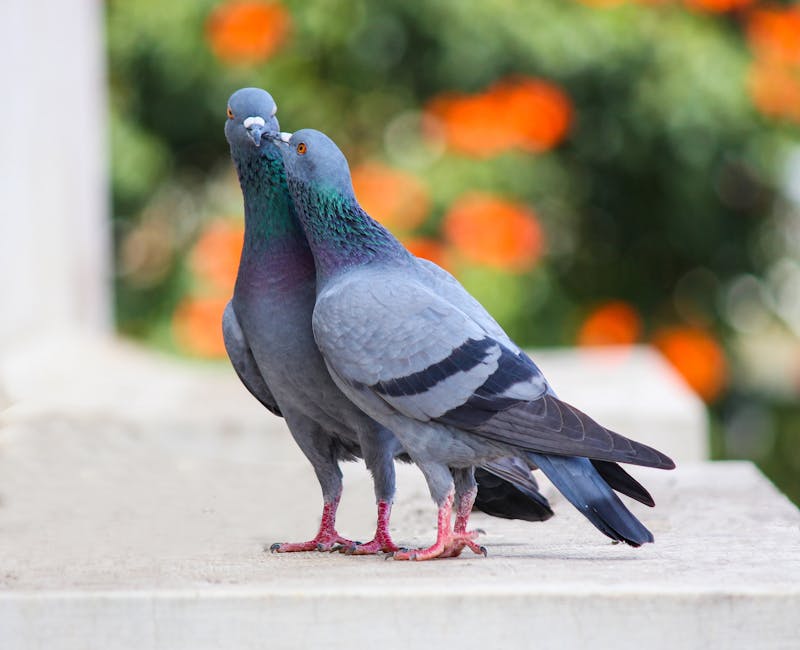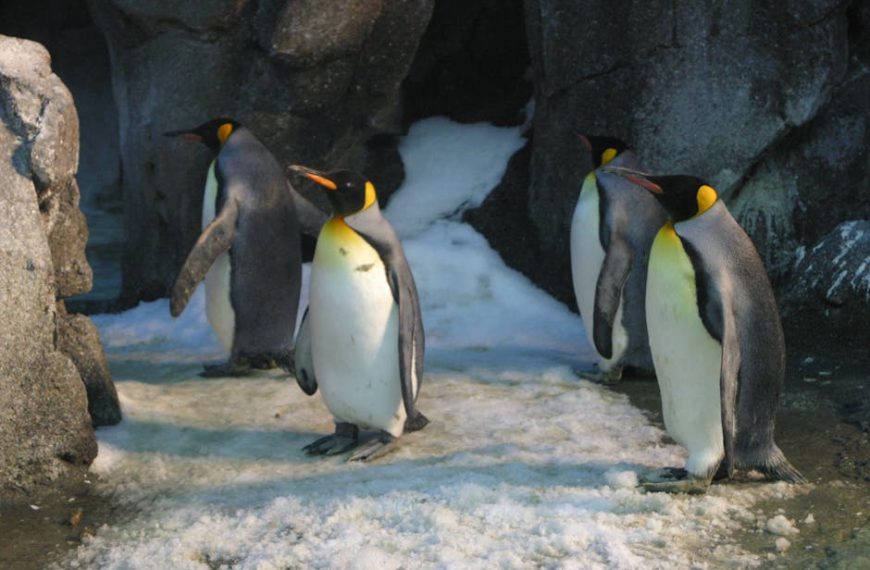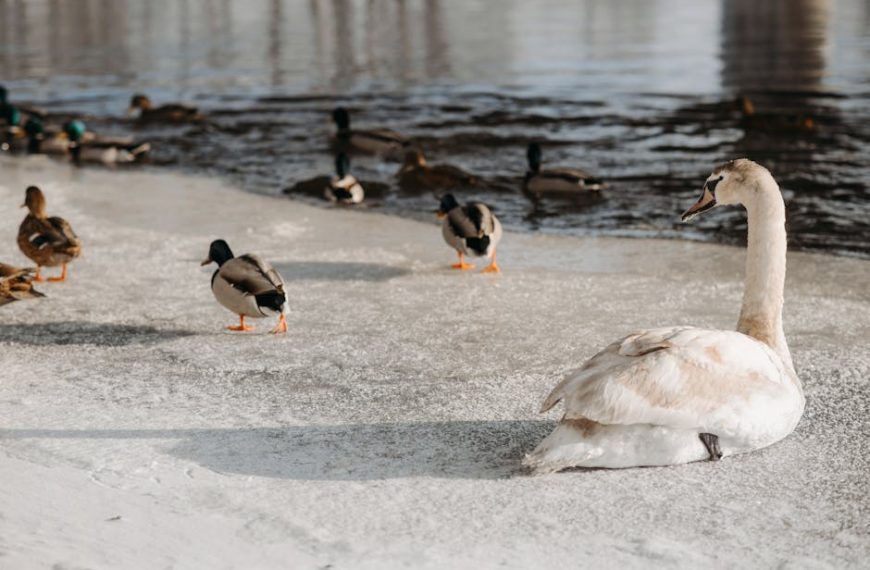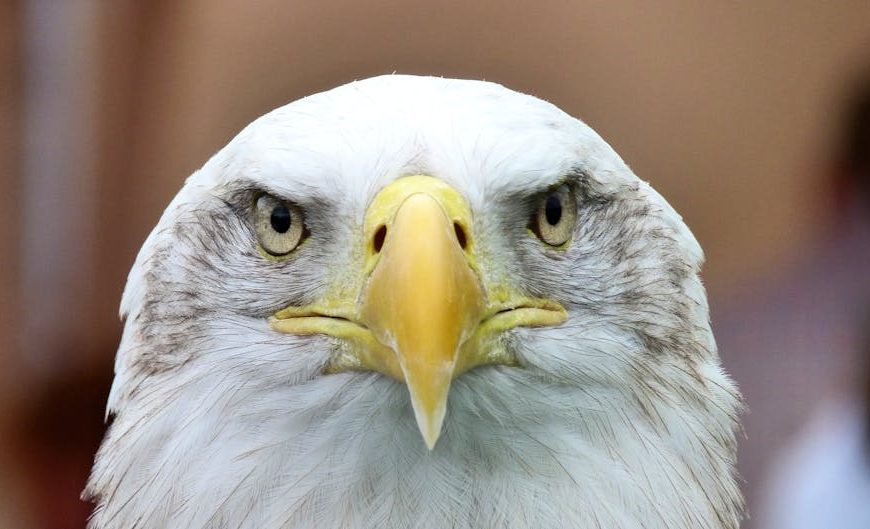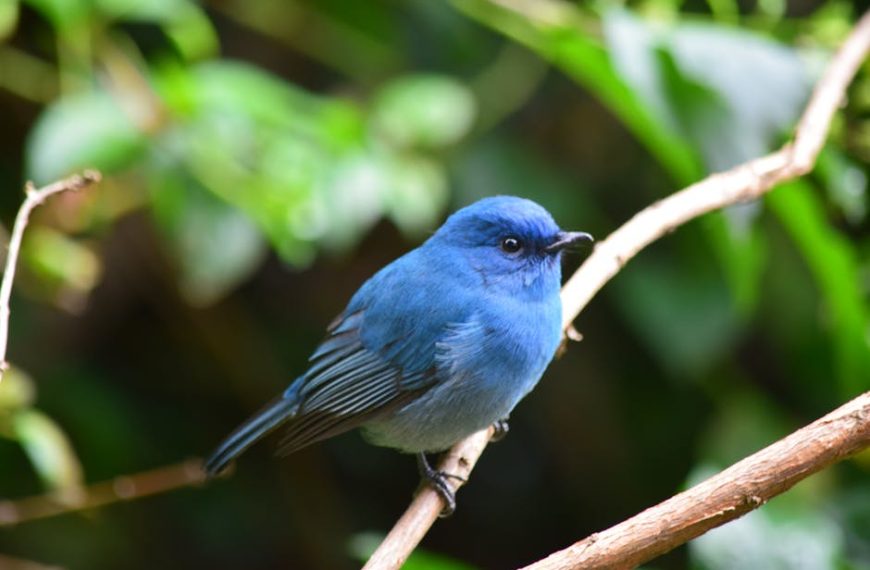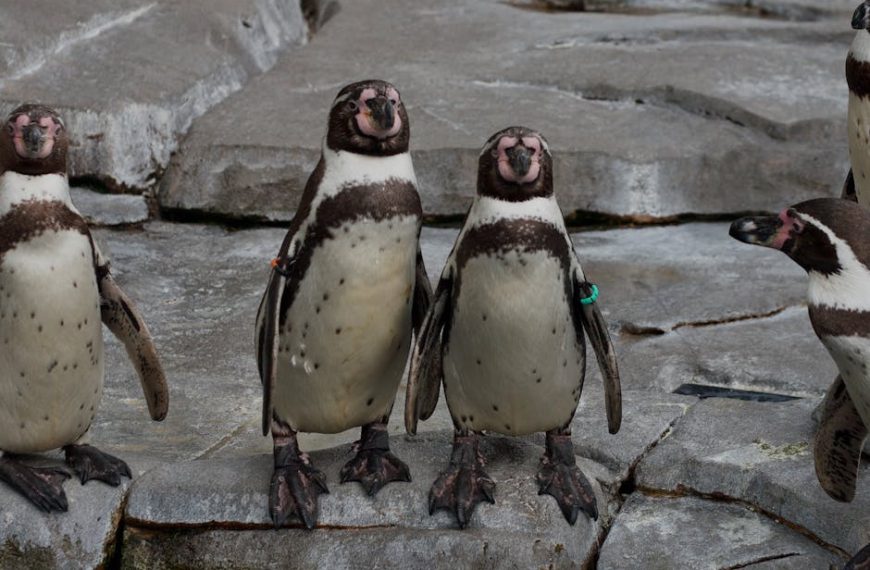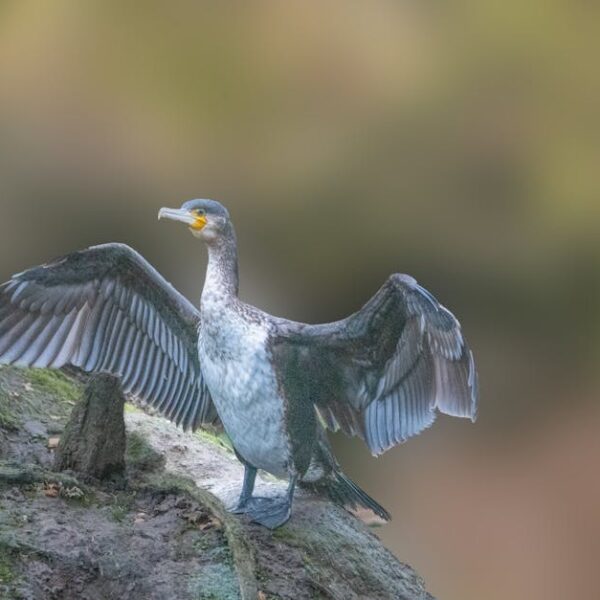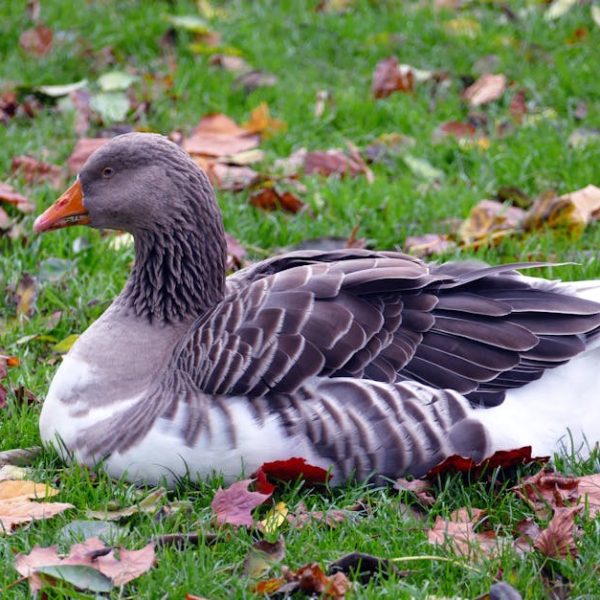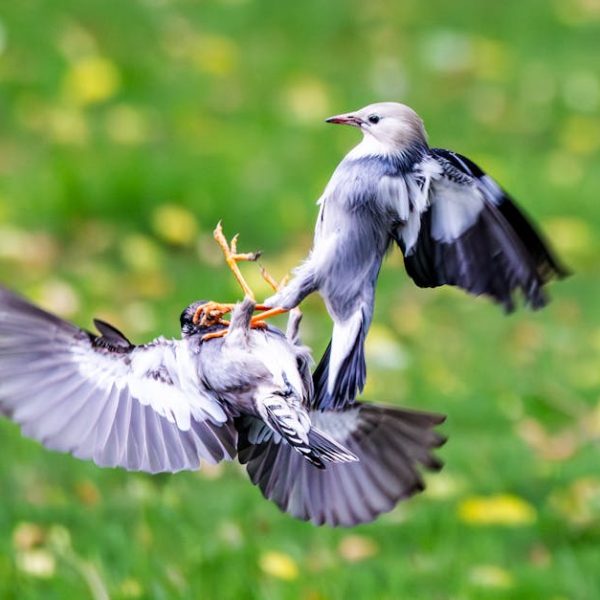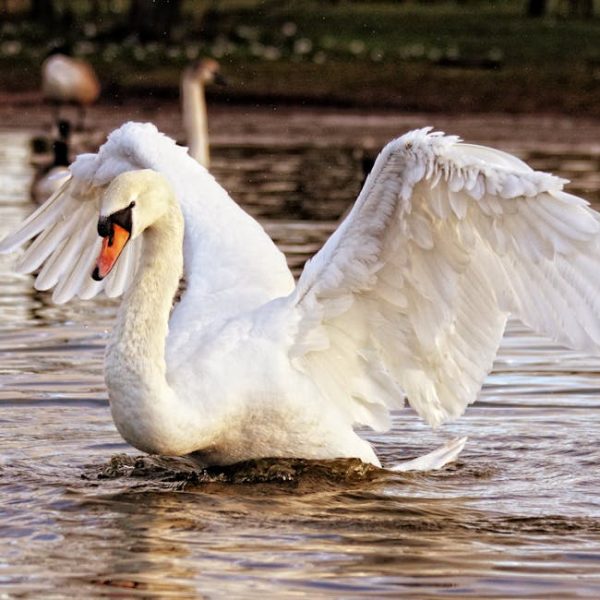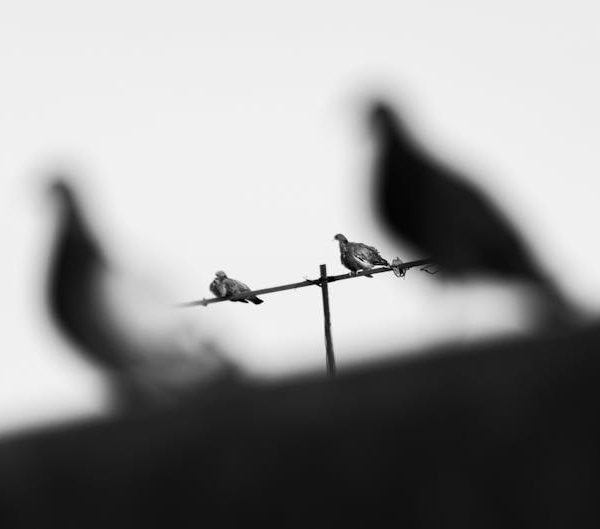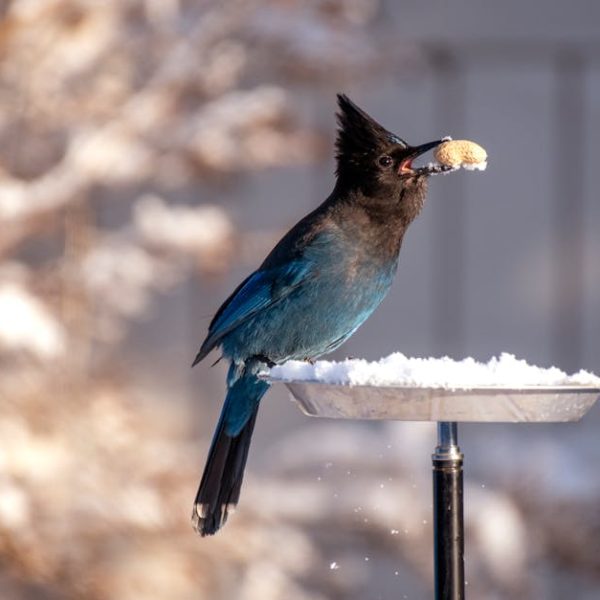Viewing birds in their natural habitats can be a mesmerizing experience, made even more compelling when the birds exhibit unique physical attributes. Among these captivating features is having a white head, which often makes these feathery creatures stand out in the wild. In this article, we shall delve into the world of birds with strikingly white heads, understand their biology, explore a few known and endangered species, and extend our gaze towards their geographical dispersion and observation tips.
Understanding Birds with White Heads: A Biological Perspective
Birds exhibit a wide array of colors and patterns which are primarily a result of their biology. The color of feathers is influenced by the presence of pigments like melanin, carotenoids, and porphyrins. In birds with white heads, the absence or lack of these pigments in head feathers results in their white coloration. Evolutionarily, this distinctive trait could have developed for several reasons, including camouflage, attracting mates, and communication among the species.
Here are some key biological factors that influence bird coloration:
- Melanin: This pigment contributes to the black, brown, or earthy tones in feathers.
- Carotenoids: These produce vibrant red, yellow, or orange hues.
- Porphyrins: They can lead to a wide variety of colors like green, red, pink, and even brown.
In comparison to other birds, white-headed species primarily lack the distribution of these pigments in the head-feather region. However, other parts of their bodies may exhibit color depending on the type and concentration of pigments present.
Commonly Known Birds with Strikingly White Heads
Several bird species feature those compelling white heads. Among them, the Bald Eagle, Snowy Egret, and White-headed Woodpecker are commonly known.
The Bald Eagle, America’s national bird, has a brown body with a distinctive white head and tail, a combination that marks its majestic presence. Meanwhile, the Snowy Egret, adorned with pure white plumage, showcases elegance with its delicate, lacy plumes on its back that it fluffs up during display. Then we have the White-headed Woodpecker, with a completely black body set against a pure white head, providing a vivid contrast.
For bird enthusiasts, tallying a birdwatching checklist can be a delightful activity. When spotting birds with white heads, consider:
- Size and shape of the bird
- Behavior and movement patterns
- Feather color distribution on the body
- Habitat and geographical location
Pro tip: Understanding bird calls and songs can further aid in swiftly identifying these species, as each has unique vocal patterns.
Stay tuned for the next section, where we delve into the world of endangered and rare species of white-headed birds.
Endangered and Rare Species of White Headed Birds
Some rare white-headed birds are experiencing declining populations and are listed as endangered. Among them are the Bluethroat Macaw and the Kagu.
The Bluethroat Macaw is easily recognized by its turquoise-blue body, bright red throat and strikingly white facial feathers. Meanwhile, the Kagu is a nearly flightless bird native to New Caledonia recognized by its ghostly grey and white coloration and a distinct crest of feathers atop its head.
Conservation efforts for these species include:
- Habitat conservation: Preserving and restoring their natural habitats to counter habitat loss.
- Legal protection: Implementing local and international laws to prevent illegal hunting and trade of these birds.
- Awareness and education: Raising public knowledge and understanding about these endangered species and the importance of their conservation.
Regarding the pros and cons of nature reserves and captive breeding:
- Nature reserves provide the birds with their natural habitat to live and breed in, maintaining their normal behavior and migration patterns. However, they can still be threatened by habitat degradation and invasive species.
- Captive breeding ensures the survival of the species and boosts their declining populations. On the downside, birds bred in captivity might have difficulties adapting in the wild, and genetic diversity could be reduced due to limited breeding pairs.
White-Headed Birds’ Habitats and Geographical Dispersion
From coastal areas and serene woodlands to lofty mountain regions, white-headed birds inhabit a diverse range of environments. For example, the Bald Eagle is commonly found near water bodies in North America, while the Snowy Egret prefers marshes, swamps, and coastal habitats. On the other hand, the White-headed Woodpecker resides in pine-dominated forests and mountains.
The habitats of different white-headed birds are influenced by:
- Available food sources
- Nesting opportunities
- Climate and weather conditions
Each bird species has unique needs that are met by their particular habitat. Therefore, understanding these factors can aid in planning birdwatching activities.
Appreciating White-Headed Birds: Observation and Photography Tips
Birdwatching calls for patience, quietness, and a keen sense of observation. These qualities are especially helpful when trying to spot and capture glimpses of white-headed birds. To enhance your birdwatching experience, here are a few tips:
- Look out for bird activity during feeding hours, usually early morning or late in the afternoon.
- Sturdy binoculars and telescopic lenses can help you spot birds from a distance.
- A good field guide provides crucial information about the birds’ appearance, behavior, and calls.
For bird photography:
- Favor a spot with abundant natural light, but be mindful of the direction of the light to prevent washed-out or under-exposed images.
- Anticipate bird movements for dynamic, action-filled shots.
- Choose a plain, non-distracting background for a clearer focus on the bird.
Pro tip: Understanding and respecting bird behavior is essential. Always maintain a safe distance and do not disturb the birds in their natural habitats. Remember – the goal is to appreciate these magnificent creatures, not disrupt their peace.
Key Takeaway:
- White-headed birds sport their distinct coloration due to the absence or scarcity of pigments in the feather region of their heads. This unique trait may have evolved for various reasons, including camouflage, communication within the species, and mate attraction.
- Commonly known white-headed species include the Bald Eagle, Snowy Egret, and White-headed Woodpecker, each possessing unique attributes along with their characteristic white heads.
- Some white-headed birds, like the Bluethroat Macaw and Kagu, are endangered due to habitat loss, illegal hunting, and trade. Efforts for their conservation involve habitat preservation, legal protection, and public education.
- White-headed birds inhabit diverse environments spanning coastal areas, woodlands, and mountain regions, largely determined by food availability, nesting opportunities, and weather conditions.
- Birdwatching and photography of these birds require patience, keen observation, effective use of equipment, and respect for the birds’ behavior and habitat.
Birds with strikingly white heads continue to charm nature enthusiasts globally with their alluring visual appeal and fascinating biology. Remember, a keen, respectful observer gets the most joy out of this heartening interaction with nature. So, equip yourself with the right tools and knowledge, and you’re ready to venture into the spellbinding world of white-headed birds.
FAQs
Q: Does the absence of pigments in the head-feathers of birds affect their overall health?
A: No, the lack of pigments in certain bird’s head-feathers, causing them to be white, doesn’t typically affect their health. It is purely a physical characteristic that has primarily evolved driven by factors like camouflage, mate attraction, and species communication.
Q: Are the biological factors influencing bird coloration uniform across all bird species?
A: While pigments like melanin, carotenoids, and porphyrins significantly influence bird coloration, their distribution, and its impact on a bird’s physical appearance varies across species.
Q: If a bird species with a white head is not endangered, does it still require any protective measures?
A: Yes, even if a bird species is not currently endangered, preserving their natural habitat, implementing protective laws, and spreading awareness about their significance can help maintain their population levels and prevent them from becoming endangered in the future.
Q: Can changes in the habitat of a white-headed bird cause changes in their physical characteristics?
A: Significant changes in a bird’s habitat can potentially lead to evolutionary changes over generations, which could include physical characteristics. However, such changes usually occur over long periods.
Q: Are there any specific difficulties associated with photographing white-headed birds?
A: Photographing white-headed birds can be challenging due to their stark color contrast. Light direction should be properly managed to prevent the white areas from getting overexposed. Also, their habitats and behavior need to be well understood for successful photography.
Feel free to share this article with fellow bird enthusiasts and explore our other posts for more engaging insights into the astonishing world of birds.
